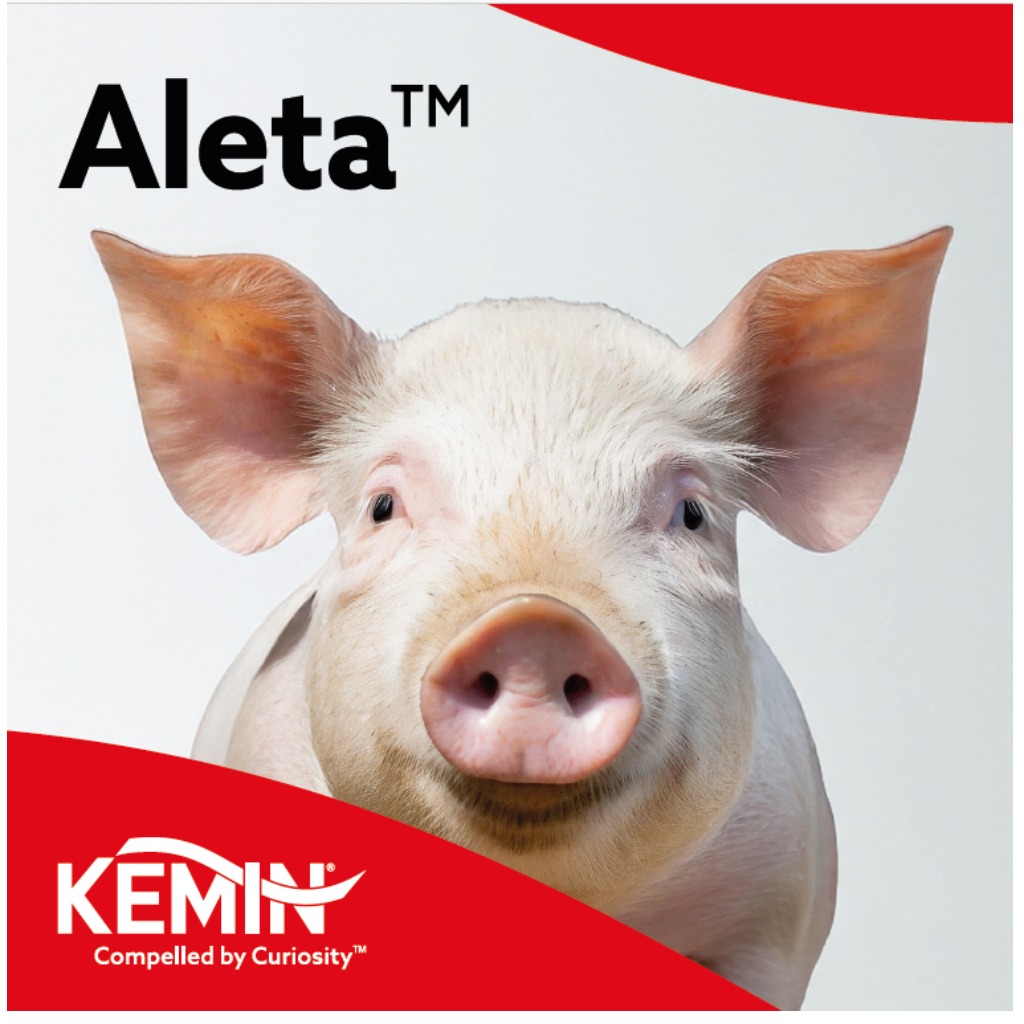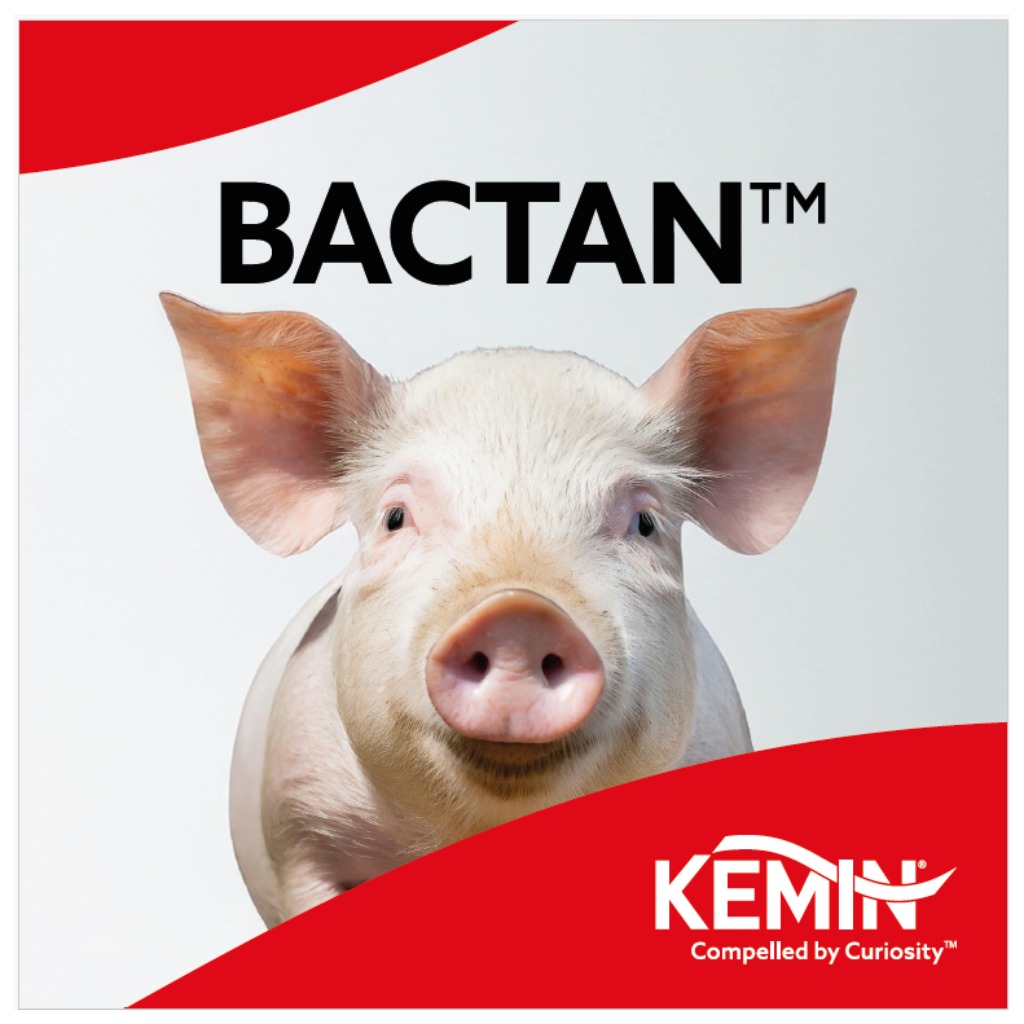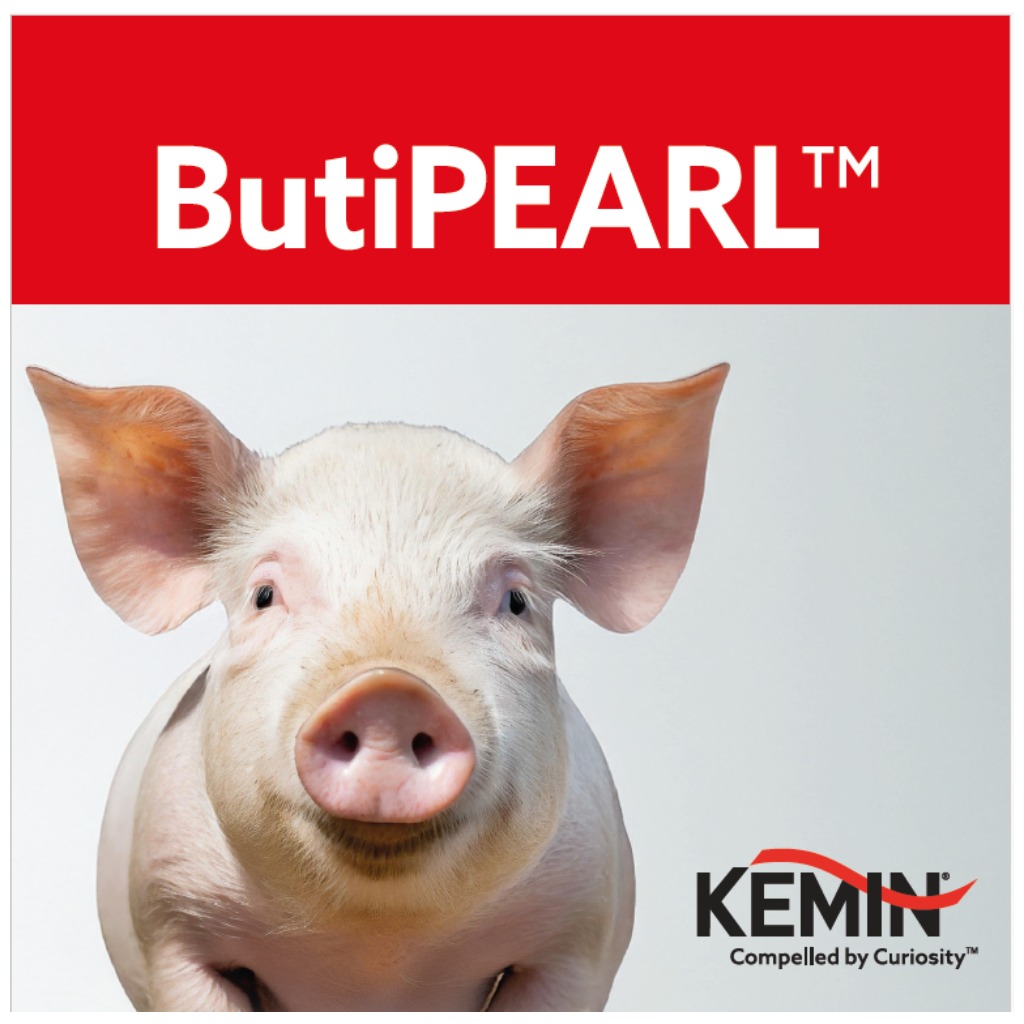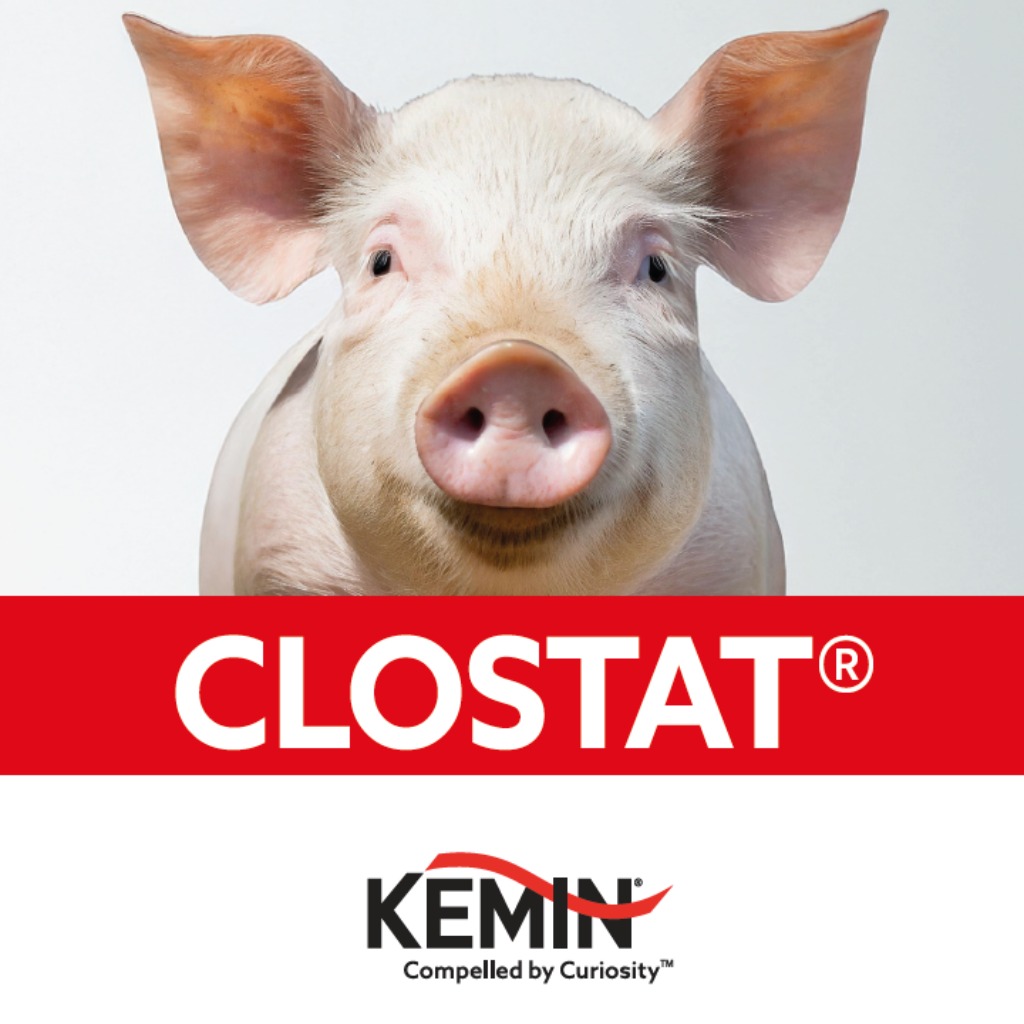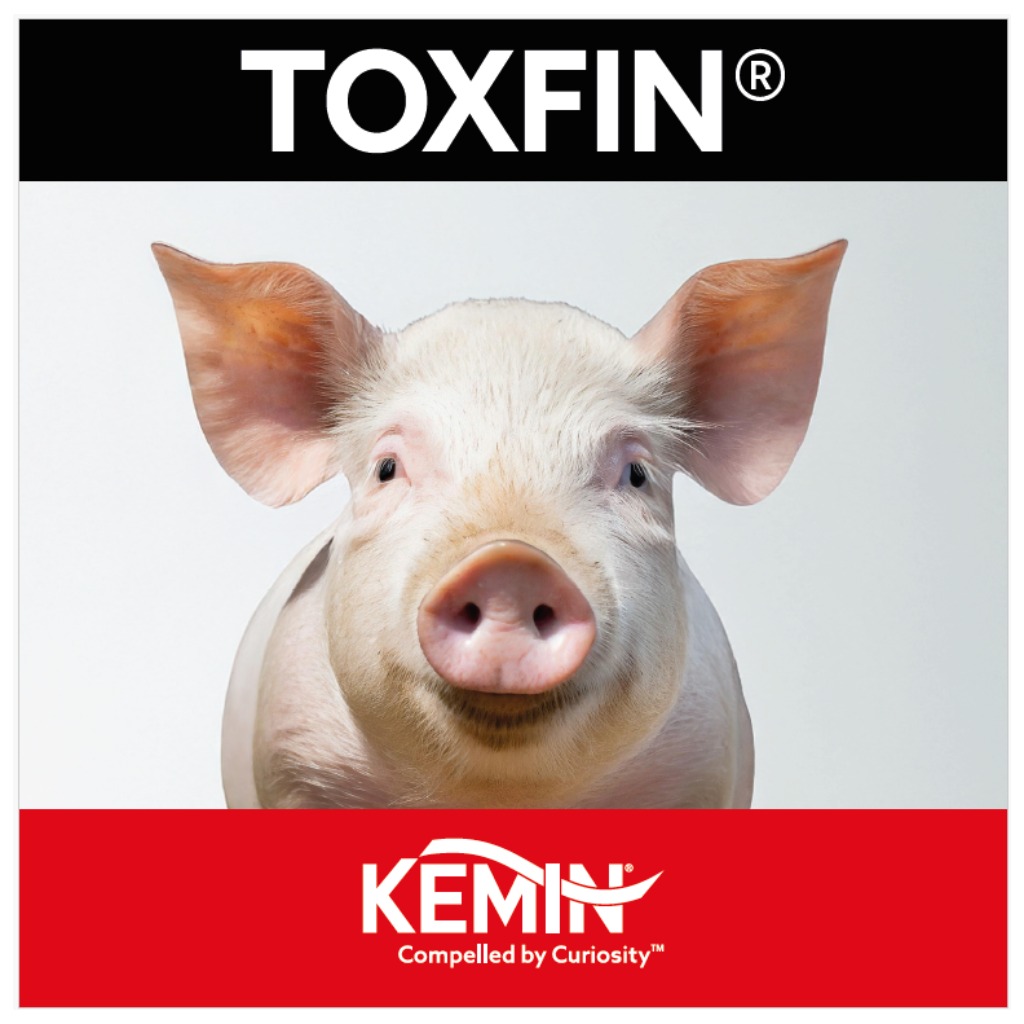Microbial Endocrinology: Beyond the Gut – Brain to gut axis communication
The central nervous system (CNS) and the enteric nervous system (ENS) are intimately associated, enabling rapid changes in the neuroendocrine environment of the gut in response to external stressors. The ENS, composed of over 500 million neurons, innervates the entire alimentary canal and communicates with the CNS through the vagus nerve. The ENS acts as a sensory organ, playing a critical role in maintaining health.
It is hypothesized that a shared evolutionary-based language between microbes and hosts involves elements of the host's nervous system and behavior. This interaction between microbiota and host neurophysiology has implications for brain development and behavior, including in farm animals. The gut epithelium contains chemosensory pathways that detect neuroactive molecules, enabling bi-directional communication between host and microbiota. This interaction is relevant in mediating changes in mental health due to enteric pathologies.
The recognition that microorganisms interact with the ENS and contribute to the information received by the brain about the gut's physiological state has led to the concept of the microbiota-gut-brain (MGB) axis. While the impact of gut microbiota on host behavior is not a new field of study, it continues to be an area of significant interest and research.
In pigs, various environmental stressors can lead to conditions such as diarrhoea or increase susceptibility to infections (Rhouma et al., 2017). Changes initiated by the central nervous system (CNS) in the gastrointestinal tract, lungs, and other mucosal epithelial sites through neuroendocrine, sympathetic nervous system (SNS), and parasympathetic nervous system (PNS) pathways can also cause functional and compositional changes in the microbiome. Many insights into brain-to-gut-to-microbiota communication have been derived from rodent studies, but these findings are valuable for swine as well, potentially leading to novel strategies for improving pig welfare and production.
Stress affects the autonomic nervous system (ANS) and its control over the gut. In mammals, including pigs, the sympathetic nervous system (SNS) and parasympathetic nervous system (PNS) play key roles.
- Sympathetic Nervous System (SNS):
- SNS neurons start in the thoracic-lumbar spinal cord and connect to other neurons in the sympathetic trunk.
- These neurons release norepinephrine, a key molecule in the 'fight-or-flight' response, which affects gut movement and fluid balance.
- Norepinephrine can cause diarrhoea in pigs by increasing chloride secretion.
- Parasympathetic Nervous System (PNS):
- The PNS, especially the vagus nerve, helps the body recover from stress.
- It can increase intestinal permeability by causing mast cells in the gut to release histamine and other substances.
- Intestinal Mucosal Mast Cells (IMMCs):
- IMMCs are immune cells in the gut lining that influence gut permeability.
- They are often close to nerve fibers and respond to stress.
- Acute stress can suppress IMMC activity but increase their histamine content.
- During stress recovery, IMMCs release histamine, increasing gut permeability.
- Preventing IMMC activation can reduce stress-related gut issues in piglets.
Chronic stress can repeatedly activate IMMCs, leading to ongoing gut permeability problems.
Together, the stress-induced cycle of sympathetic and parasympathetic activation, which can cause norepinephrine spillover into the gut and histamine release via mast cell degranulation, plays a significant role in influencing the pig microbiome. Understanding these mechanisms can help develop strategies to manage stress and improve the overall health and productivity of swine.
References:
Rhouma et al. Acta Vet Scand (2017) 59:31 DOI 10.1186/s13028-017-0299-7
Contact:
Contact us using the following form.



